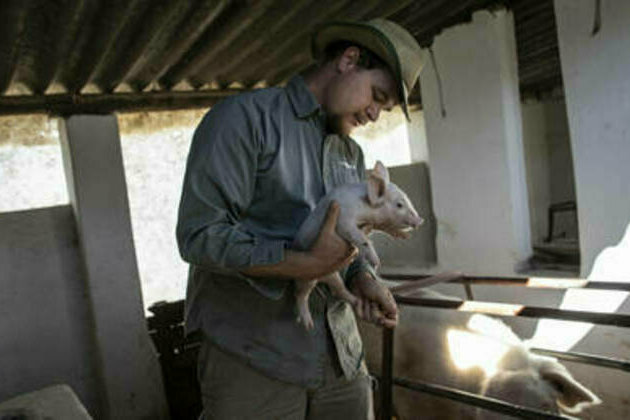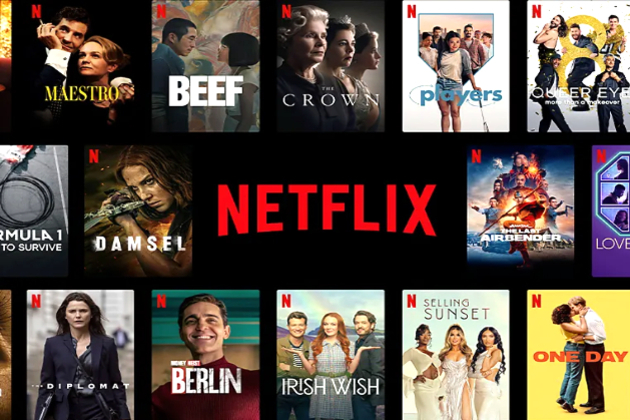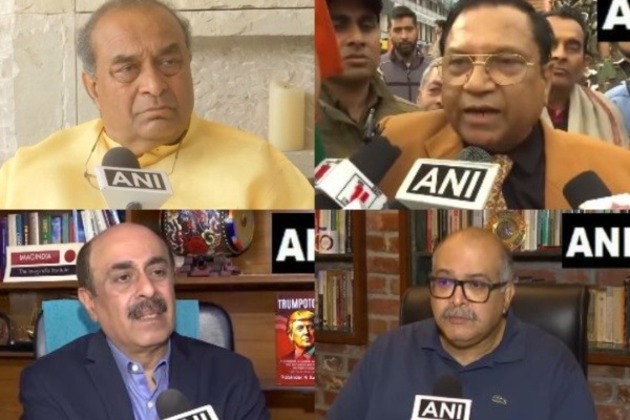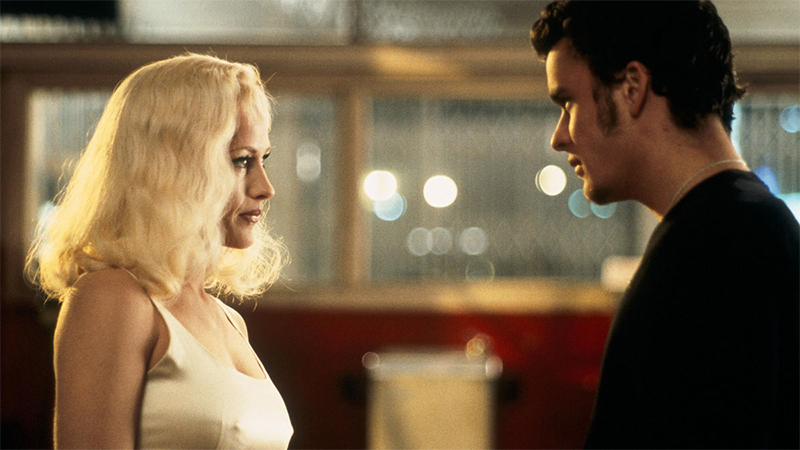Images matter: the power of the visual in political communication
The Conversation
20 Sep 2019, 19:57 GMT+10
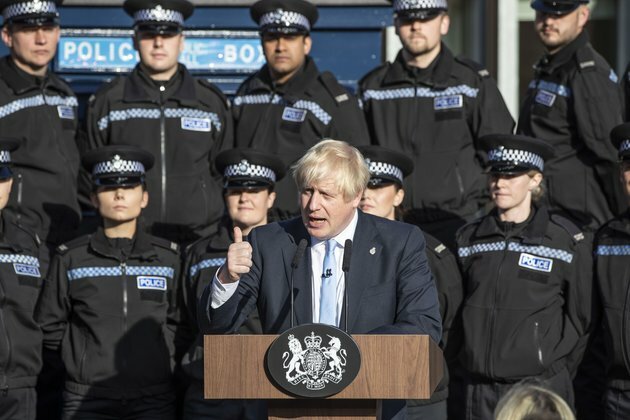
Human culture is a visual culture. From cave paintings to selfies, we have always used images to tell stories about our lives, experiences and understanding of the world.
These images are particularly potent when they not only depict, but instruct us about social norms - when they shape attitudes and behaviour on everything from the role of women to ideas about nationhood.
But the idea that a picture "never lies" is a powerful - and inaccurate - adage. For they do not always tell the whole story. And the fact that images may be strategically constructed, manipulated or chosen carefully to convey an impression, can often go unnoticed by the people looking at them.
This is a problem, because images tap into a fundamental element of human reasoning. They have a resonant power to stir strong emotions - of fear, dislike, love, hate, and everything in between. Widely shared footage of the self-immolation of Mohamed Bouazizi led to the first protests in Tunisia and the eventual fall of the Ben Ali regime.
But we do not need to look for exceptional circumstances to find images having political power. Images of migrants have been used to promote anti-immigration stances; images of homeless veterans are used to counter government policies to house refugees; images of stranded polar bears are used to promote environmental policies.
All of these are examples of images being chosen to convey specific messages. They can also be carefully constructed, such as when British the prime minister, Boris Johnson, spoke recently in front of ranks of uniformed police officers - a setting which may have been planned to enforce an image of power and strength. But there are also images which defy planning, such as Johnson struggling with a large bull, which can be used by critics as an easy metaphor, mocking his ability to control events.
Don't believe your eyes
Images tap into attitudes, but not always in the same way for every viewer. Instead, an image's perceived level of influence is based on "believability". This is the idea that it is true if we agree, fake if we disagree. And it is here that the power of images intersects with the great challenge of the digital age.
Fake news, for example, is awarded far greater power if delivered with an image that appears believable and reinforces existing media tropes and public beliefs.
But the ease with which images can be adjusted and skewed for a specific political purpose, like slowing down a video to make a politician appear drunk, makes the persuasive power of visual evidence highly dangerous.
Our research into the power of images and visual political communication suggests it can be positive or negative for a pluralist democracy. The dependent factor is how it is used.
In the context of election campaigns, for example, the digital age enables a more negative environment. It is easy to create a simple attack message and gain traction, as voters create their own election campaign communication and associated memes.
Read more: I create manipulated images and videos - but quality may not matter much
Yet platforms such as Instagram can also be used to humanise a candidate. Following the example of Barack Obama and others, many politicians have embraced the use of selfies and social media films to attempt to ingratiate themselves with the electorate. One recent example was Rory Stewart, whose use of social media gained him attention during his short bid for the leadership of the UK Conservative Party.
But while such tactics can mobilise supporters, manage impressions, and amplify political messages, it also means political campaigns become more superficial. The question is whether citizens are more manipulated as the visual vocabularies of election candidates further emotionalise political communication.
Such processes are not isolated to campaigns of course. Political leaders use visual communication to shape their public image, and subtle differences in visual representation can have significant effects on their public perceptions.
Seeing through people
President Donald Trump constantly uses images on social media to create an impression of a certain kind of success, power, and leadership. He also appears to be ever mindful of the image he portrays, putting great effort into his stance and gestures, and displays of presidential power.
The use of symbolism is widespread in the political sphere, as political actors seek to harness the power of social media for impression management. Such devices also prove effective, with even the simplest facial expression able to have a profound impact on people's perceptions.
Amateur activists too have learned to harness the power of visual communication. Images denoting solidarity and collective action have been used by campaigns like #BlackLivesMatter and #MeToo to show how social media, and its potential for the co-creation of compelling visual montages, permits new forms of public political expression.
But despite campaigns attempting to tap into the political currency of pictures, different content forms elicit different emotional responses. The challenge for protest movements is to develop a consistent, interconnected theme, and to be aware of their audience and differences in reception.
Visual political communication has become increasingly important over recent years. It is central to the politics of illusion, and plays an important role in the phenomenon of populist rhetoric. Visuals are thus central to the politics of our time, for good or ill, with the power to stimulate emotions and elicit engagement - among an often disengaged and apathetic electorate.
Authors: Darren Lilleker - Associate Professor of Political Communication, Bournemouth University | Anastasia Veneti - Senior Lecturer in Marketing Communication, Bournemouth University | Daniel Jackson - Associate Professor of Media and Communication, Bournemouth University 
 Share
Share
 Tweet
Tweet
 Share
Share
 Flip
Flip
 Email
Email
Watch latest videos
Subscribe and Follow
Get a daily dose of Kenya Star news through our daily email, its complimentary and keeps you fully up to date with world and business news as well.
News RELEASES
Publish news of your business, community or sports group, personnel appointments, major event and more by submitting a news release to Kenya Star.
More InformationAfrica
SectionCorbin Bosch suspended from Pakistan Super League for one year for pulling out of 2025 season
New Delhi [India] April 11 (ANI): The Pakistan Cricket Board (PCB) has suspended South Africa allrounder Corbin Bosch from the Pakistan...
NDB issues 3-year Panda bond worth 7 bln yuan
An aerial drone photo taken on June 17, 2022 shows the headquarters building of the New Development Bank (NDB) in east China's Shanghai....
(SP)KENYA-NAIROBI-WRC-SAFARI RALLY-CHINESE RACER
(250410) -- NAIROBI, April 10, 2025 (Xinhua) -- Lu Jin's vehicle sets off at the starting point during the ARC/KNRC race at the Kenya...
How Trump's trade policies could spell disaster for this region
Southern Africa will mostly bear the brunt of America's new trade policy On April...
How Trumps trade policies could spell disaster for this region
Southern Africa will mostly bear the brunt of Americas new trade policy On April 2, 2025, US President Donald Trump during his 'Liberation...
Zimbabwe compensates white farmers
The African state has disbursed $3.1 million to 378 farmers who were displaced under controversial land reform ...
World
SectionVegetable oil price surge stabilizes global food costs in March
PARIS, France: A spike in vegetable oil costs helped steady global food prices in March, offsetting declines in other staples like...
Netflix expands language tools to boost global viewing
LOS GATOS, California: As international content fuels its global growth, Netflix is expanding its language tools on TV to help users...
Corbin Bosch suspended from Pakistan Super League for one year for pulling out of 2025 season
New Delhi [India] April 11 (ANI): The Pakistan Cricket Board (PCB) has suspended South Africa allrounder Corbin Bosch from the Pakistan...
Russia and US reveal details of Istanbul talks
The facilitation of diplomatic missions operations topped the agenda, according to Moscow and Washington officials The Russian and...
Air Force retirees, reservists dismissed from service after publishing political statement
Tel Aviv [Israel], April 10 (ANI/TPS): A thousand Air Force retirees and reservists are being dismissed after publishing a letter calling...
From "great achievement" to "milestone": Legal, foreign policy experts laud government over 26/11 accused Tahawwur Rana's extradition
New Delhi [India], April 10 (ANI): Foreign and legal experts have hailed the extradition of Tahawwur Rana, the mastermind of the deadly...






